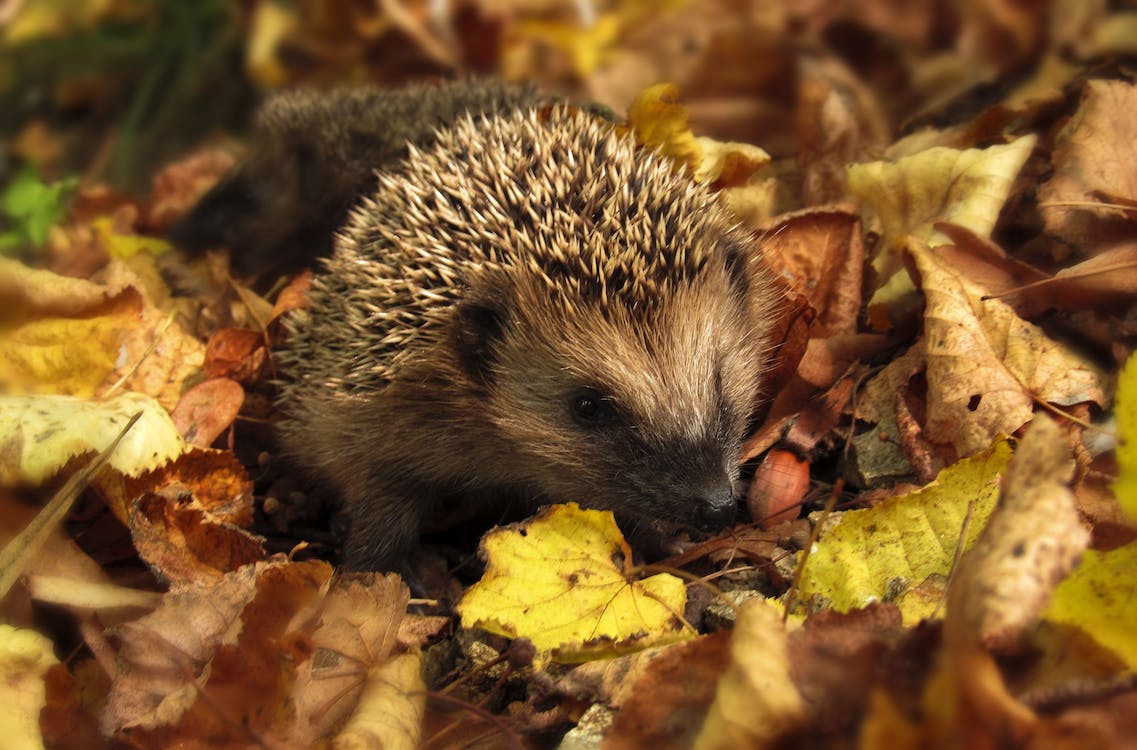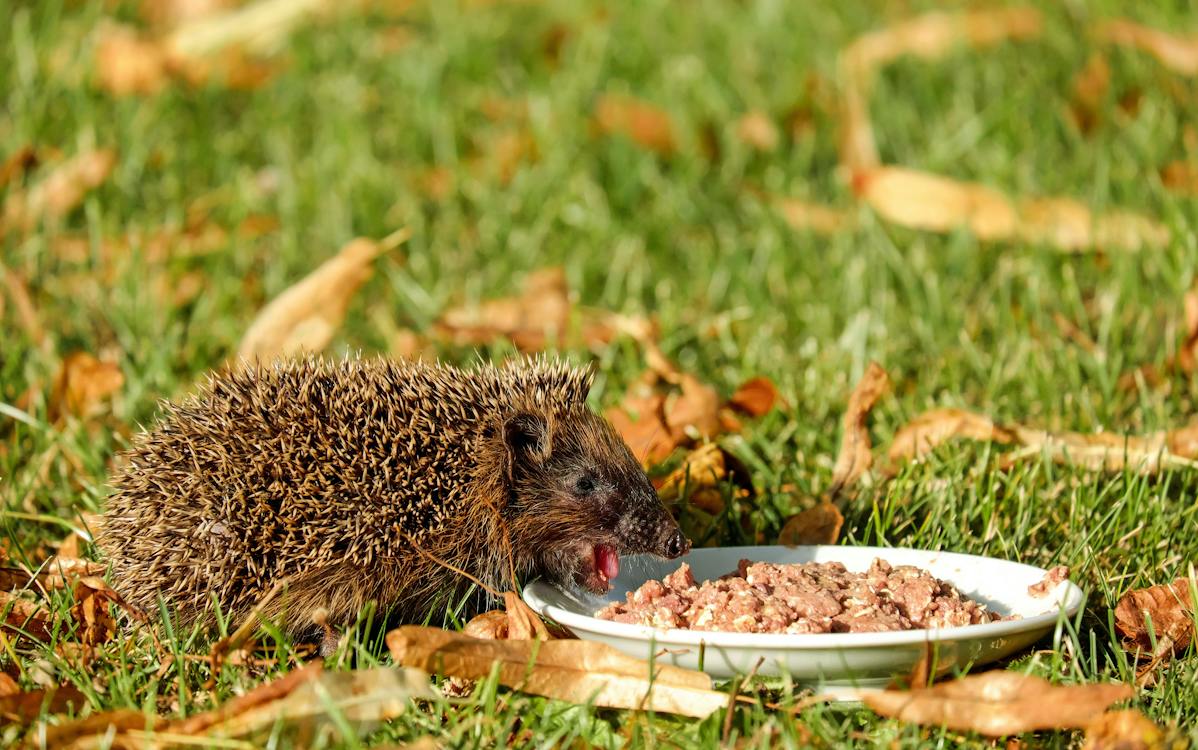With the rising interest in hedgehog care, understanding their natural habitat is vital. While some people adore these charming creatures as pets, many others appreciate their ecological role as natural pest controllers. Escaping the trouble of dealing with garden pests like beetles and slugs is as simple as making your backyard a welcoming hedgehog habitat.
Unraveling the Mysteries of the Hedgehog

Behind those cute, spiny exteriors of hedgehogs lie fascinating characteristics. Their color can range from snowy white to deep brown, and they grow to a length of approximately 6-15 inches. Let’s not forget their outstanding collection of over 5,000 spines that can reach up to an inch long. Although they lack excellent eyesight, hedgehogs have superb hearing that they use to navigate their surroundings.
Behavioral Traits
Hedgehogs are lovers of cozy nooks and crannies. While some prefer burrowing into the ground to sleep, others craft nests for themselves using leaves and grasses. These nests often find a home under large shrubs or rocks. These day sleepers are active at night, when they lay siege on garden pests.
Understanding the Natural Hedgehog Habitat

Hedgehogs are flexible in their choice of residence, from cultivated gardens and forests to deserts and even tropical rainforests. What they seek is a terrain that resonates with their natural affinity for burrowing and hiding. It’s interesting to note that variations in their physical characteristics often depend on their chosen habitat.
- Desert hedgehogs develop quite robust legs and impressive claws to aid ease of burrowing in dry land.
- Forest dwellers tend to blend in with their surroundings to stay undetected from potential predators.
Dietary Patterns
Remarkable for pest control, these spiny creatures have an expansive menu. From beetles and earwigs to fruit seeds and fallen leaves, hedgehogs exhibit a healthy appetite for varied diets. Some even go a step further to include mice and frogs in their menu.
Creating the Perfect Hedgehog Habitat at Home

If you’re musing over the thought of a domesticated hedgehog, knowledge about their care, and replicating a suitable hedgehog habitat is crucial. A hedgehog home can be as simple as a plastic bin equipped with toys, comfortable bedding, and food bowls. Other suitable alternatives include a wire cage with a solid floor, an aquarium, or even a wooden box outdoors that offers adequate hideouts and burrowing spaces. Ensure you create a hospitable environment that mirrors their natural habitat as much as possible to make your hedgehog feel at home.
In a nutshell, enriching your garden with a homely hedgehog habitat brings bonafide pest control and an intriguing addition to your domestic fauna. As pets or garden guests, ensuring their survival requires you to understand their native habitat, behavioral traits, and dietary habits. In return, you gain an adorable companion and saviour of your cherished garden plants.
Related Resources: